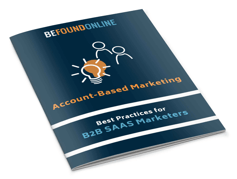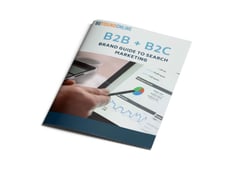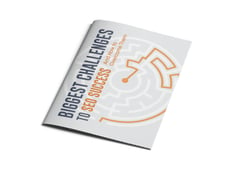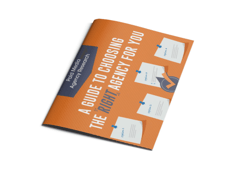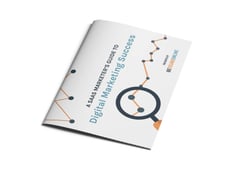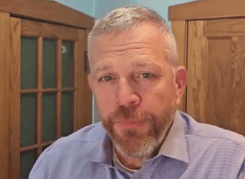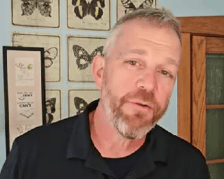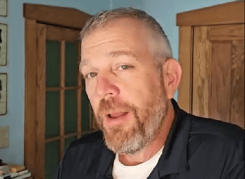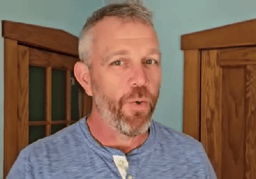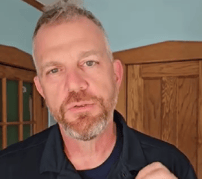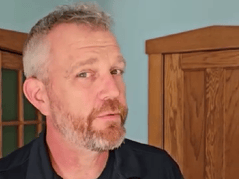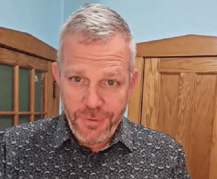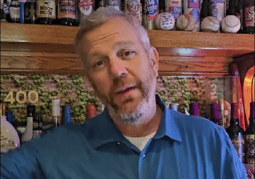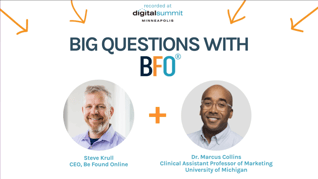Why You Should Add Programmatic to Your Current Paid Search Strategy – and How to Do It
February 18, 2020
6 Minute Read

Programmatic ads perfectly complement paid search to drive greater campaign success. Whether you seek brand visibility, higher conversion rates, or simply bigger sales numbers, paid search and programmatic belong together. If you currently run paid search campaigns, you should seriously consider adding programmatic to your effort.
Why You Should Run Programmatic Campaigns
Paid search campaigns are often used to connect you with new audiences. Then, programmatic campaigns keep you in front of those audiences when they aren’t actively searching for you. This strategy keeps you in the minds of those who have shown interest in you.
Used this way, programmatic is a way of saying, “We’re still thinking about you.”
It’s hard to place a value on brand or product awareness campaigns like this. Programmatic ads may never get a click but that organic search (SEO) click that produced a sale may well have been due to your programmatic ad reminding the individual of their previous interest. No-click touches like these – how many times on average do your customers need to contact you before buying? – are the reason analytics attribution models have so much value.
Brand awareness, however, isn’t the only reason you should run programmatic campaigns.
You Can Promote New Products with Programmatic
Let’s say you plan on releasing a new product. For example, if a car manufacturer planned to launch a new high MPG SUV, it could use programmatic to build awareness.
At first, this might seem like the job of a paid search campaign. It’s true you could run a paid search to capture attention (and probably should!). The reality is, when launching a new product, you’re likely first introducing it to current customers, or at least those who have bought from you in the past. You already have those names.
So, it could work in a couple of ways.
- You might run the campaign so that a potential buyer sees and clicks a paid search ad. They go to your website. Since you can’t sell the product yet (for example, the SUV manufacturer cannot send them to a dealer), your paid search landing page builds excitement. Then, after reading about your upcoming release, the user sees ads for the new product from time to time when online.
- You already have a list of buyers and prospective buyers who have visited your website. You target this list to introduce your new and soon-to-be-on-the-market SUV.
This second approach also reveals two big additional benefits of programmatic campaigns.
Highly Specific Targeting Puts You in Front of Highly Qualified Audiences
You have a lot of control over who sees your programmatic ads.
For example, you can leverage your first-party data from paid search. Based on who clicks, you can say, “Ok, here’s our audience profile.” Alternatively, you can use your own CRM data. You can also take what you’ve learned about an audience from Google Analytics.
With programmatic, you get to define and qualify traffic more than any other ad type. Looking back at our SUV example…where a paid search ad may target a specific demographic that may be interested, you could take a sliver of your customer base and target your programmatic ads strictly to them.
By zoning in on more specific audience segments, you position your ads to perform better and at a lower cost to give you an awesome return on ad spend (ROAS).
Other ways you can get highly focused in audience targeting with programmatic ads include:
- Scheduling ads to run only between certain hours.
- Running ads only in certain areas, regions, or even zip codes.
- Leveraging programmatic algorithms to target individuals with unique identifiers within the ad network.
Then, as you work with these highly targeted audiences, you’ll uncover the next big benefit of programmatic campaigns.
You’ll Learn More About Your Audiences
You can pull a lot of reports with programmatic ad campaigns. You’ll see which ads work best, the user information of those who click them, and other data such as the time of day that you get the best results.
As you look at it, you might find yourself saying, “Hey, we ran our report and saw great results coming from men.” Armed with this data, you might reduce the exclusion on men since they’re the ones responding and producing results.
You might also see as you review the data that first interactions with ads happen long before the individual becomes a lead. Working with our clients, we find going through back-end customer data is quite revealing and uncovers many new opportunities.
Then, it’s just a matter of taking this data and creating new audiences for future campaigns.
How to Use Programmatic Ads
There are two elements of any ‘How-to’ of running programmatic ad campaigns:
- The actual How-to do it.
- The How-to use it.
“How-to do” steps ultimately depend on the programmatic vendor you choose. Generally, you’ll find the platforms work very much alike. More specifically per platform, you may find little nuances in campaign, audience, and reporting setup and execution. If you work with an agency, the agency will likely take care of all this for you, so you won’t need to do any of it.
The “How-to-use” gets into your strategic and tactical effort. You can apply these ideas regardless of your platform or who does the work.
Use Paid Search Learning to Develop Your Programmatic Strategy
Here we go again with paid search, right? Well, what you learn through your paid search campaigns can also be applied to your programmatic strategy. And you should apply these learnings too!
Paid search campaigns give you a lot of data points. Identifying your top key performance indicators (KPIs) and audience details and metrics, you can create predictive audiences.
For example, with one client, we took their paid search data and created an audience based on their sales data. Specifically, we identified customers who had made a purchase in the last 90 days. We could target this audience with cross-sells, upsells, and new releases.
But we didn’t stop there.
Next, we created a look-alike audience. Through a predictive modeling algorithm, we created a qualified audience that looked like the one who bought. Members of this group included people with similar behaviors and traits and those who took similar buying actions online.
Predictive modeling like this allows us to use programmatic ads to find potential – and qualified – new buyers, making programmatic, like paid search, a way to find new business.
Sometimes the way you apply this data will be very basic. At other times, you may need to get more detailed, such as through the use of “If…., then…” statements like those you use in Excel.
Apply First-party Knowledge to Reach Audiences
Programmatic vendors have a ton of audience information. They look at all the data that comes through their ads. You can leverage this first-party knowledge to find the most likely profiles and create an audience persona.
Your programmatic vendor can help you find the best audiences to target for new business.
Target Keywords with Your Programmatic Ads
Keywords may be the paid search standard, but you can also use them for programmatic ads too.
Like with paid search, you can bid on those keywords. Unlike paid search, however, programmatic ads should target highly-qualified audiences. For example, rather than targeting a keyword like “marketing agency” you would target longer, more specific keywords phrases like “marketing agency in Chicago.”
If you use keywords, make them as specific as possible. Every keyword should be based on clearly defined data points, such as location, male/female, or any that of your own that definitively segment audiences.
In addition to refining your audience targets, you can also use keywords for bid adjustment. Maybe for a product that appeals more to your female audience, you bid higher. You might want to bid your ad for a male audience too, just at a reduced bid value – you’re in the game, just not heavily invested.
Run Banner Ads
Programmatic banner ads grab attention and work well, especially on the Google display networks. Here you want to leverage your CRM and audience data to target the most qualified, or at least receptive, audience. An example of this might be running banner ads for your mobile audience.
In Short, Make Programmatic Ads Work for You
Programmatic campaigns may not be as simple and clear-cut to run as paid search campaigns. Don’t let this stop you. Well-targeted programmatic ads keep you in front of your audiences, help promote your brand, and can even connect you with new customers.
And if you run paid search campaigns now, you should consider adding programmatic ads to your efforts.
If you have any questions about programmatic ads for your specific situation, give us a call. We’d love to chat.

Curtiss Gulash
When Curtiss is not being a Brewmeister, brewing amazing craft beers at Big Cat Brewing Company, in Cedar, Michigan, he is BFO’s Paid Media Team Lead with a specialty in marketing automotive brands. Curtiss is known for his super-human energy and loves taking a project from start to completion. He understands the world of digital media through and through and manages to juggle multiple curveballs, be a terrific team player, and a super coach to his staff.
CATEGORIES
SUBSCRIBE TO OUR BLOG
Stay up to date with the latest industry best practices in digital marketing!










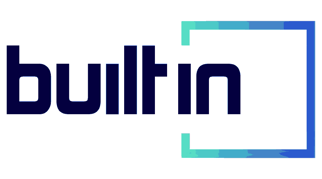

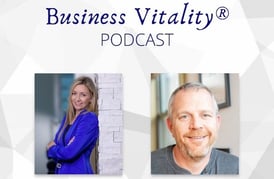



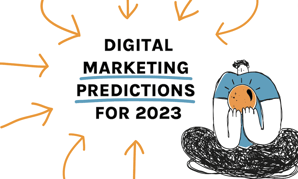
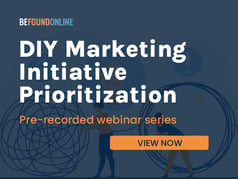

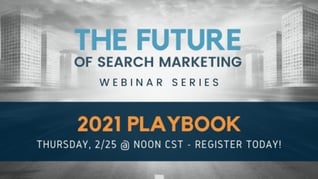
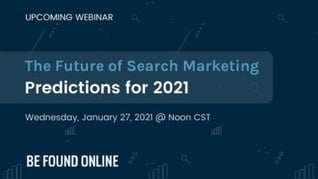
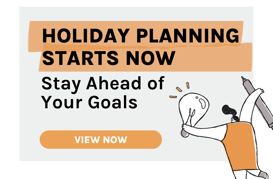

.png?width=339&height=179&name=Webinar%20Banner%20(1).png)
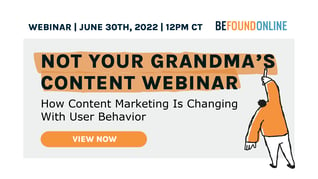

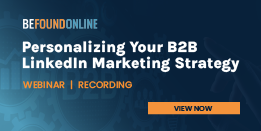
.png?width=339&height=179&name=July%20Webinar%20(Newsletter).png)

.png?width=339&height=179&name=Webinar%20Banner-April-02%20(1).png)
%20(4).png?width=339&height=179&name=Webinar%20Banner-May-02%20(1)%20(4).png)

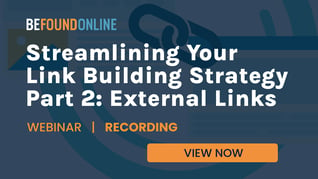

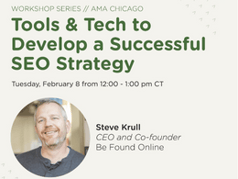
.png?width=339&height=179&name=March%202023%20Webinar%20Ad%20(autoresponder).png)

